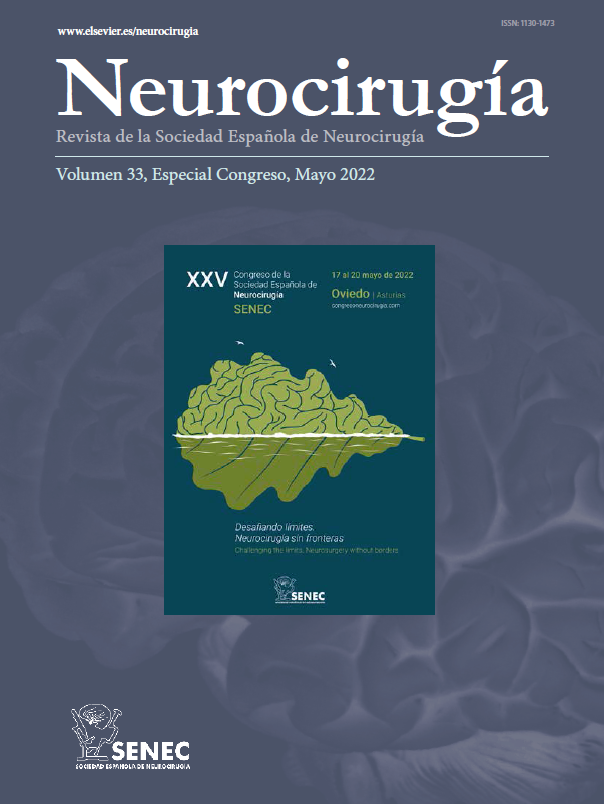O-126 - INTRAOPERATIVE BRAIN TUMOR HYPERSPECTRAL IMAGING DATABASE
1Hospital Universitario 12 de Octubre, Madrid, Spain. 2Universidad Politécnica de Madrid, Madrid, Spain.
Introduction: Hyperspectral Imaging (HSI) combined with machine learning techniques (ML) can be applied to differentiate between healthy and tumor tissue during brain tumor surgery.
Objectives: The scope of this work is to collect a database to develop a visualization tool able to provide real-time location of the tumor affected areas.
Methods: The proposed methodology is based on an acquisition system that includes two hyperspectral cameras: a snapshot and a linescan. The snapshot camera detects part of the visible and near infrared spectrum through 25 bands, being able to capture up to 15 hyperspectral (HS) images per second, while the linescan camera provides higher spectral resolution (369 bands) than the snapshot. However, the time required to scroll a single HS image with the linescan camera is approximately 80 seconds. Outside the operating theater, HS images are labeled by neurosurgeons to create the ground truth (GT) maps necessary to train the ML models.
Results: A HSI database that includes images of patients with different pathologies has been created. The complete database includes images from the snapshot camera and the most recent ones also include images from the linescan. Specifically, the pathologies involved are glioblastoma (40 patients), low-grade glioma (7 patients), metastasis (9 patients), meningioma (13 patients), neurinoma (2 patients) and aneurysm (21 patients), helpful to enlarge the spectral references of other tissues than tumor. This database includes captures after craniotomy, during tumor resection and ex vivo samples. The tissues affected by these pathologies are spectrally characterized, revealing correlations between them. This database allows the generation of models for real-time classifications of patient tumor affected areas at the operating room.
Conclusions: The use of HSI techniques to collect an intraoperative brain tumor database in combination with ML algorithms provides a non-invasive and promising method for brain tumor classification during surgery.







